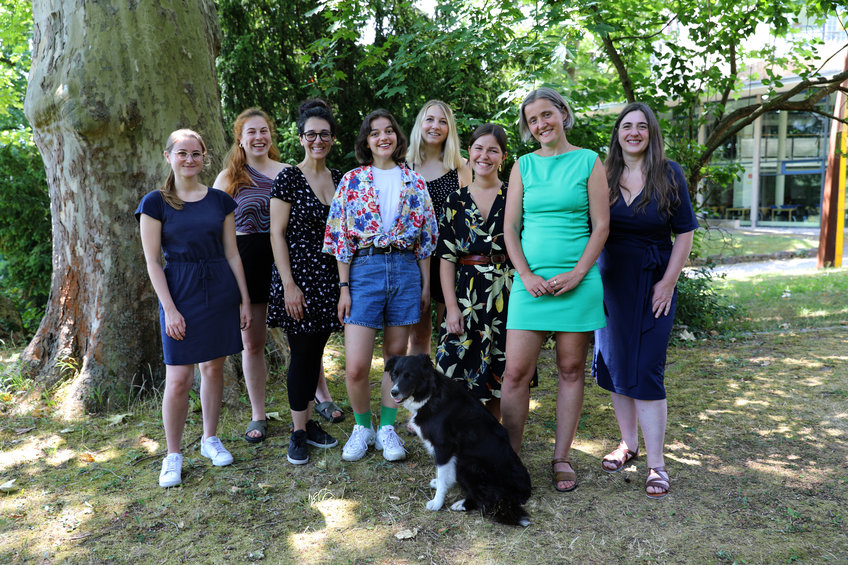
Publikationen von Aida Andrades Valtueña
Alle Typen
Zeitschriftenartikel (10)
1.
Zeitschriftenartikel
Stone Age Yersinia pestis genomes shed light on the early evolution, diversity, and ecology of plague. Proceedings of the National Academy of Sciences of the United States of America 119 (17), e2116722119, S. 1 - 11 (2022)
2.
Zeitschriftenartikel
A 3,000-year-old, basal S. enterica lineage from Bronze Age Xinjiang suggests spread along the Proto-Silk Road. PLoS Pathogens 17 (9), 1009886, S. 1 - 19 (2021)
3.
Zeitschriftenartikel
Reproducible, portable, and efficient ancient genome reconstruction with nf-core/eager. PeerJ, e10947 (2021)
4.
Zeitschriftenartikel
Community-curated and standardised metadata of published ancient metagenomic samples with AncientMetagenomeDir. Scientific Data 8 (1), 31, S. 1 - 8 (2021)
5.
Zeitschriftenartikel
Phylogeography of the second plague pandemic revealed through analysis of historical Yersinia pestis genomes. Nature Communications 10 (1), 4470 (2019)
6.
Zeitschriftenartikel
Paleomicrobiology: Diagnosis and Evolution of Ancient Pathogens. Annual Review of Microbiology 73 (1), S. 639 - 666 (2019)
7.
Zeitschriftenartikel
Analysis of 3800-year-old Yersinia pestis genomes suggests Bronze Age origin for bubonic plague. Nature Communications 9, 2234 (2018)
8.
Zeitschriftenartikel
Salmonella enterica genomes from victims of a major sixteenth-century epidemic in Mexico. Nature Ecology & Evolution 2 (3), S. 520 - 528 (2018)
9.
Zeitschriftenartikel
The genetic prehistory of the Baltic Sea region. Nature Communications 9, 442 (2018)
10.
Zeitschriftenartikel
The Stone Age plague and its persistence in Eurasia. Current Biology 27 (23), S. 3683 - 3691 (2017)
Hochschulschrift - Doktorarbeit (1)
11.
Hochschulschrift - Doktorarbeit
Beyond phylogenies: advancing analytical approaches for the field of ancient pathogenomics. Dissertation, 205 S., Friedrich-Schiller-Universität Jena, Fakultät für Biowissenschaften, Jena (2021)
Forschungspapier (1)
12.
Forschungspapier
The genetic history of Northern Europe. bioRxiv, 113241 (2017), 26 S.